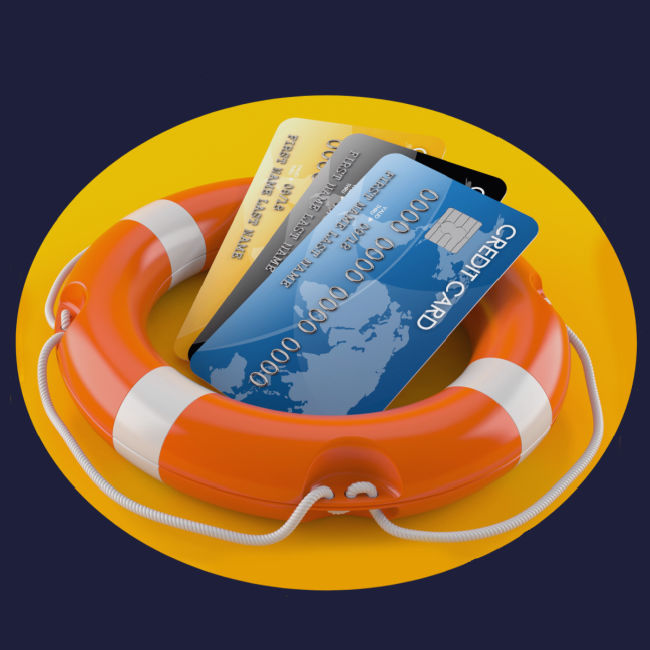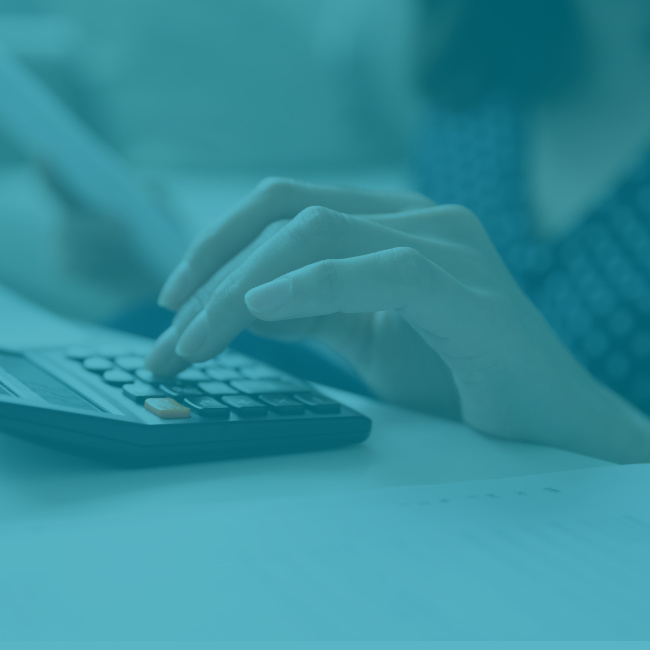If you’ve been considering debt management solutions, you’ve likely discovered that there are several options available. You may also have learned that in Canada only one type of debt help professional is legally empowered and endorsed by the federal government to assist individuals with debt solutions including Consumer Proposals and bankruptcy – a Licensed Insolvency Trustee.
Since 1990 Sands & Associates has helped thousands of BC residents get a financial fresh start, and we understand that many people worry about whether there are hidden costs involved when it comes to debt help services. Read on to learn more about the laws that determine how Licensed Insolvency Trustees are paid when you work with one to make a Consumer Proposal or file a personal bankruptcy in BC.
How are Licensed Insolvency Trustee fees determined?
There are set calculations and rules that all Licensed Insolvency Trustees must strictly follow when administering a personal bankruptcy or Consumer Proposal. Trustee fees are calculated and drawn from the funds that have been paid into each individual bankruptcy estate (proceeding) or Consumer Proposal. Licensed Insolvency Trustees are not allowed to simply set their own fees and rates.
In most bankruptcies and all Consumer Proposals, the Licensed Insolvency Trustee’s fees are based on a tariff set by the federally legislated Bankruptcy and Insolvency Act. Unlike other professionals, such as a lawyer for example, working with a Licensed Insolvency Trustee is not a “fee for service” – this means that a phone call to discuss any questions you have, or get ongoing support throughout the process won’t result in an invoice coming your way.
How much do I have to pay to file bankruptcy?
If after meeting with a Licensed Insolvency Trustee or Estate Manager it is determined that your income falls in a range that indicates you do not have any surplus income requirements and you have not been bankrupt before, generally you could expect to pay $2,700 for a personal bankruptcy administration.
Since most people are not able to pay the entire cost of bankruptcy upfront, this will usually be broken up to make it manageable, with monthly payments of $300 during the nine-month period of bankruptcy.
How Much Does it Cost to File Personal Bankruptcy? Read More
In situations where a person’s income would allow them to repay a meaningful portion of their debts and avoid filing a bankruptcy, a Consumer Proposal debt consolidation is often a more appropriate debt solution.
How much do I have to pay to make a Consumer Proposal?
Because Consumer Proposals themselves vary depending entirely on the circumstances of the person filing there isn’t a straight-forward dollar figure when it comes to a monthly payment. The tariff-based Consumer Proposal fees are drawn from whatever your creditors stand to realize under the actual Consumer Proposal. What this means is that the cost is essentially borne by the creditors and there is no additional payment needed from the person making the Consumer Proposal other than the amount that is offered as repayment on the debts via the Consumer Proposal itself.
For example, if your proposal is for $300 per month for 36 months, then you just need to pay the first $300 payment at the time of filing your official Consumer Proposal documents and this counts towards the total amount you need to pay. Afterwards you just continue making the payments until the proposal is paid off in full. There is no separate amount due and payable to the Trustee at any point.
How Much Debt Will a Consumer Proposal Eliminate? Read More
Costs Included
During the process of personal bankruptcy or a Consumer Proposal there are other costs and fees that need to be paid – these are paid directly by your Licensed Insolvency Trustee and covered as part of any monthly payments you may make. These may include:
- Government filing fees to formalize bankruptcy or Consumer Proposal;
- Financial counselling sessions;
- Preparation and filing of income tax returns;
- Personal Property Registry Search charges.
Statement of Receipts and Disbursements
The final accounting prepared by a Licensed Insolvency Trustee is called a “Statement of Receipts and Disbursements”. This document details all moneys received and paid in each bankruptcy or Consumer Proposal proceeding and is reviewed and approved by the Government of Canada branch that regulates Licensed Insolvency Trustees. Before a Licensed Insolvency Trustee is paid they must have received approval from the Office of the Superintendent of Bankruptcy.
A copy of the Statement of Receipts and Disbursements is provided to the individual, as well as creditors who have a claim in their bankruptcy or Consumer Proposal. This process is an integral part of legal debt help legislation and works to ensure complete transparency for consumers.
Example of Licensed Insolvency Trustee Fees in a Personal Bankruptcy
The exact rules that control how Licensed Insolvency Trustee fees are determined in most personal bankruptcies can be found here. Below is a basic breakdown of these approximate fees and costs, as you might see on a Statement of Receipts and Disbursements:
$2,700 – Paid over nine-month period of personal bankruptcy by the individual filing bankruptcy
Paid to Licensed Insolvency Trustee:
- $100 Administrative Allowance
- $170 Counselling Session Costs
- $1,684 Licensed Insolvency Trustee’s Allowable Fee
$1,954 – Total Paid to Licensed Insolvency Trustee
Other Charges Paid:
- $86 Federal Government Filing Fee Paid
- $215 Levy Paid to Office of the Superintendent of Bankruptcy
- $98 Government GST Payable
- $347 Possible Creditor Distribution
Total: $2,700
In accordance with bankruptcy legislation, in the above example (and most cases) the $2,700 takes into account all the services provided to you by your Licensed Insolvency Trustee and their support team.
Get the Facts About Filing a Bankruptcy or Consumer Proposal
It’s important to understand the processes of bankruptcy and Consumer Proposals by sitting down with a Licensed Insolvency Trustee directly. Legal debt solutions can be complex and the law is an ever-changing body of statutes and precedents. As no two situations are identical you need to gain information that is relevant and accurate to your specific situation and circumstances.
Be cautious of “facts” that you hear from non-Trustee professionals; while they may be well-intended, bank employees or collection agents for example, are not qualified to assess the situation of a person contemplating making a Consumer Proposal or filing bankruptcy.
Learn more about Getting Debt Advice
Debt-Free Solutions
Researching and comparing solutions to help you manage your debts can feel overwhelming. If you’re having financial troubles or want to manage your debts more effectively, speaking confidentially with a federally-Licensed Insolvency Trustee is a commitment-free, no cost way to get the facts and answers to your questions about debt options to help you get back on track with a financial fresh start.
From debt consolidation to Consumer Proposals to bankruptcy, you may have several debt solutions that could work for your individual situation. A Licensed Insolvency Trustee can help you assess your situation and evaluate all of your options during a free debt consultation, from there the choice is yours in how to move forward.
Move towards your debt-free future with confidence – book your free confidential debt consultation today and meet with a supportive non-judgmental debt expert from Sands & Associates in a local BC office near you.






